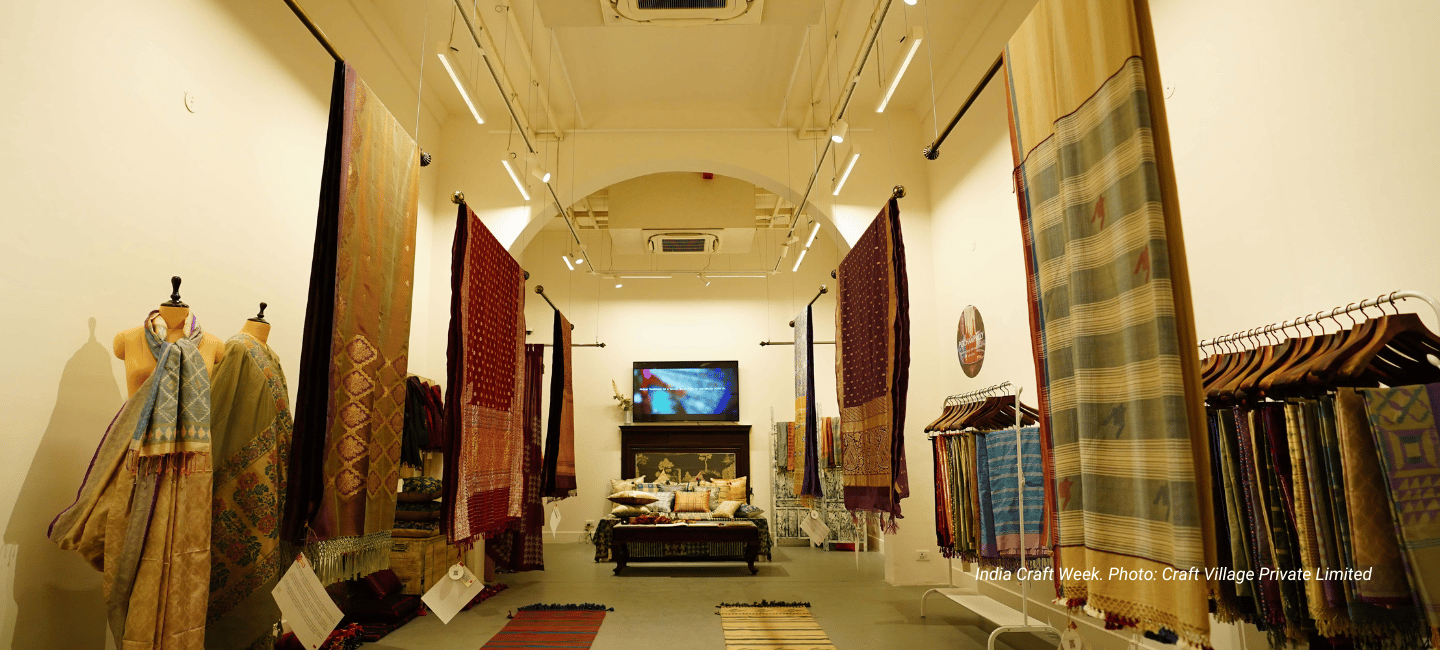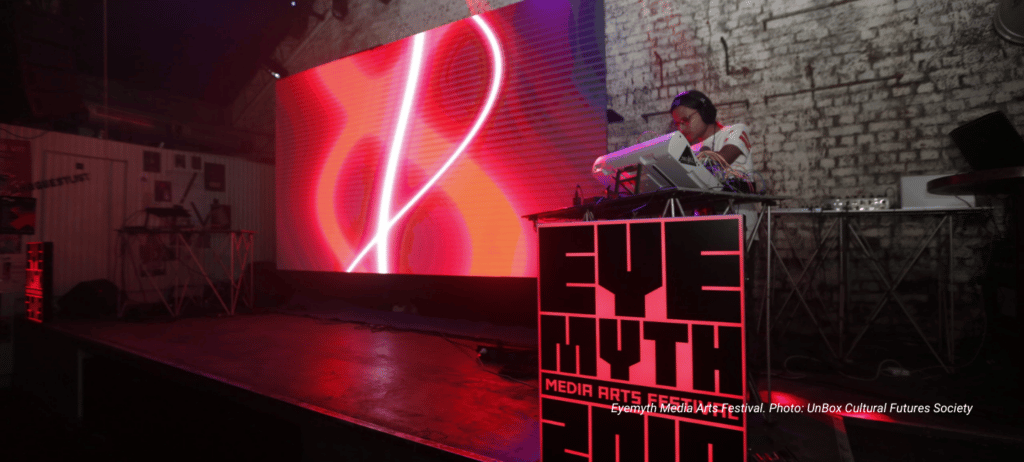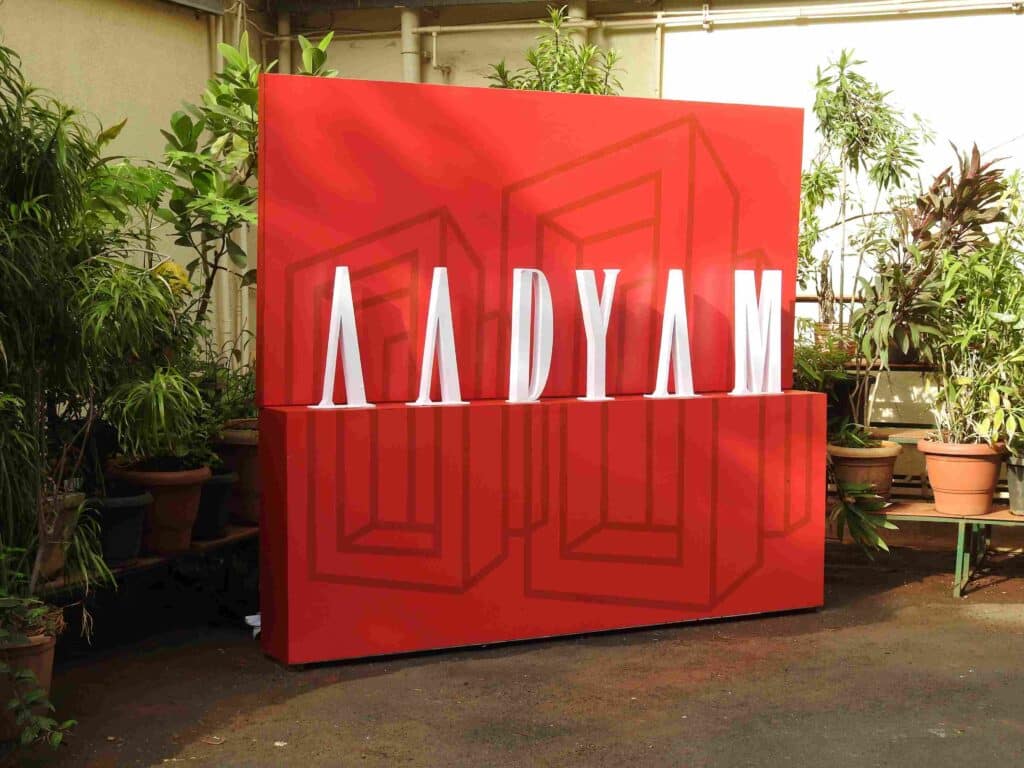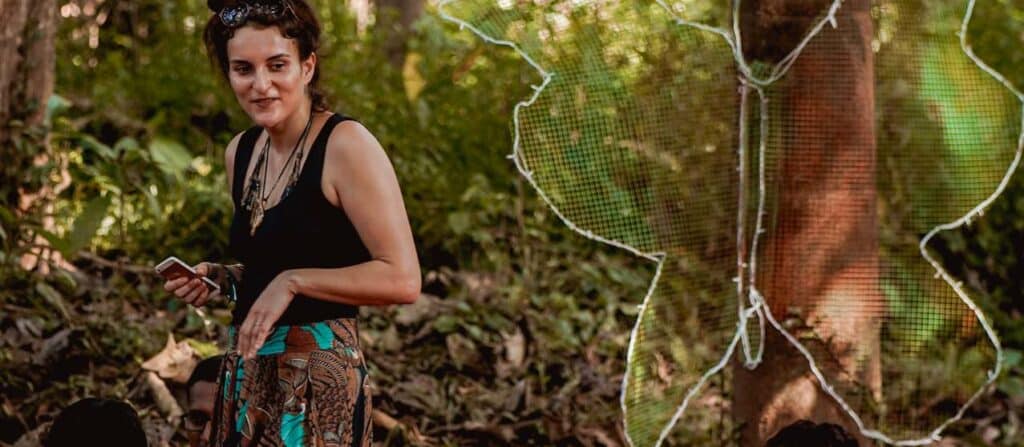The annual India Craft Week was launched by Craft Village to celebrate, empower and enrich the livelihoods of the country’s traditional artisans and craftspersons. The 2022 edition of the New Delhi-based event, which the organisers say is “the largest yet”, will be held over three days at the NISC Exhibition Grounds just ahead of Diwali, making it the perfect place to do some festive shopping. We interviewed Iti Tyagi, the founder of Craft Village, about the history of India Craft Week, the highlights of this year’s instalment, and more. Edited excerpts:
How was the festival conceptualised?
When Craft Village was founded in 2015, we were involved in educational and research-based programmes to train the urban population about the craft culture of India. Although the whole process was running well, somewhere, it made us realise that we needed a B2B and B2X (Business-to-Exchange) event where artists, makers and brands could come together to generate business in crafts. We wanted to move a step ahead from the concept of haats and bazaars in India, which were relevant 30-40 years ago.
In today’s age of digitisation and modernisation, people value haats and bazaars less as compared to contemporary art galleries where you do not find people bargaining. Hence, India Craft Week was conceptualised with the vision of providing the traditional crafts and handlooms of India the platform they deserve. We do not take any participation fees or curation fees, nor do we charge commissions from the craftspersons.
How has it evolved from the first edition?
In the first year (2018), it was quite difficult to convince people that we were doing something necessary. We were worried that the country was not ready for something like this. We came forward with 25 artisans and five or six brands, a couple of workshops, and talks. To our relief, it was very well received by the attendees and we knew that it was going to go a long way.
The second edition in 2019 saw a lot more participation. International craft council teams from Australia, Kuwait and other countries were here. Additionally, India Craft Week was previewed at London Craft Week where Indian artisans shared a platform with brands such as Rolls-Royce and Bentley.
The third edition, in 2021, imposed its own challenges due to the COVID-19 pandemic, as bringing people into a physical space was a daunting task. The British Council came forward as our knowledge partner, and we curated the event at two venues simultaneously, one of which was the British Council building itself.
How do you select the artisans who are part of the festival?
We have a clear agenda of including artisans who come from a legacy of craft making. We invite craftspersons whose families have been involved generationally in a particular craft. As far as the brands are concerned, we select the ones that are exclusively focused on [products that are] handcrafted, emphasise sustainability and support the artisan community in some way or the other.
What are some of the challenges of putting together a festival on such a scale, given that the crafts sector is fairly unorganised?
I believe the biggest challenge is this thought process that the craft sector is unorganised and is not a serious business. You would be surprised to know the amount of business that the craft industry generates as one of the largest employment sectors of India after agriculture.
Apart from this, the most prominent challenge of organising such an event is procuring sponsors and investors. We put in every last penny of what we earn in Craft Village behind building India Craft Week. We have not received help from government organisations or any other investment companies. There are organisations that have come forward to partner with us such as Aadyam Handwoven and the British Council. This year we also have an ed-tech company FFreedom as a partner. Another challenge is attracting the youth of the nation who are reluctant to invest in the traditional crafts of India.
What are some of the highlights of this year’s edition?
India Craft Week will be inaugurated by the minister of Textiles and Commerce and Industry, Piyush Goyal. The festival will focus on the policies of the craft sector, and how artisans and brands can work together and help build the nation. We will launch a trend book at our Trendloom stall, in association with Aadyam Handwoven, an Aditya Birla Group initiative. We have a symposium that focuses on themes such as fashion in crafts, crafts in fashion, investment and technology in the craft sector. Another highlight will be the screening of the film Anjuman by Muzaffar Ali, followed by a conversation with him. The film focuses on the Chikankari embroidery of Lucknow and stars Shabana Azmi. There are also workshops on clay pottery, Kutch embroidery, Molela clay art, sanjhi art and more.
What are some of the developments in the crafts sector that ICW 2022 will focus on?
The inclusion of technology and infusion of investment in the crafts sector. The craft industry is still deprived of investments from venture capitalists. It’s a golden area untapped. Technology, meanwhile, can enhance the level of work and make the sector more organised and systematic.
Who are some of the prominent speakers and performers at this year’s edition?
I will be in conversation with Queen Azizah of Malaysia; Saad Hani al-Qaddumi, president of the World Crafts Council; Ramesh Prasanna, secretary general of the International Delphic Council and Sachidanand Joshi, member secretary of the Indira Gandhi National Centre for the Arts. Other prominent speakers are Aditi Srivastava, the president of the fashion design institute Pearl Academy; Upendra Prasad Singh, secretary, Ministry of Textiles, Government. of India; Manish Saksena, lead advisor at Aadyam Handwoven; and Sanjay Nigam, founder of the India Fashion Awards, to name a few. This year we do not have any cultural performances because we were not sure of the venue for the festival after it was cancelled in January.
Tell us about the annual crafts awards. How are the winners selected?
This year marks the sixth edition of the International Craft Awards, which were started in 2017 [a year before the launch of India Craft Week]. The process begins with announcing the awards and sharing the information with government bodies, colleges, universities, and the World Craft Councils of different countries. These organisations then spread the word among their members and artists, from whom we receive applications. Parallelly, we decide upon the jury. None of the Craft Village founders are part of it. We select an external jury, headed by the president of the World Craft Council International. The jury members take a month’s time to mark the applicants on the criteria of aesthetic skills, presentation and innovation, and then announce the winners.
Finally, if I had just one hour to spare at the festival, how should I spend it?
Visit the pavilion where you will find various brands [with] stalls presenting pottery, linens and more. We have a textile gallery this year. You must experience the Crafts Rare section where you will get to know about 50 rare crafts of this country.




Share on